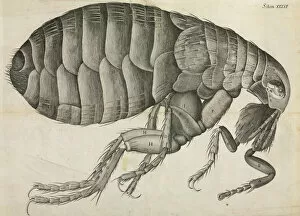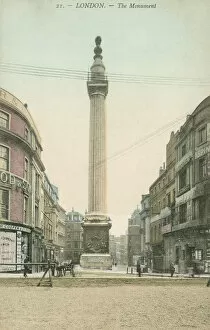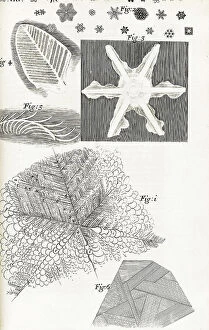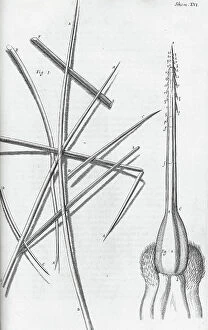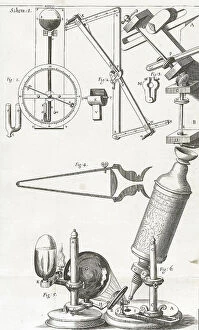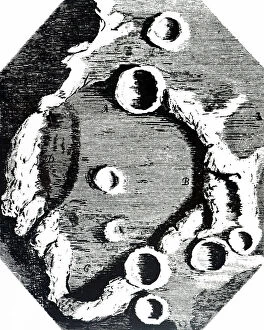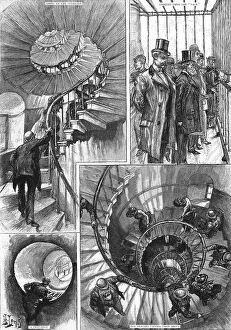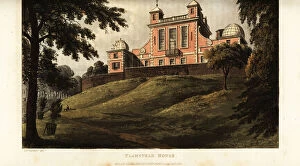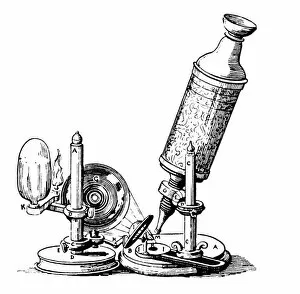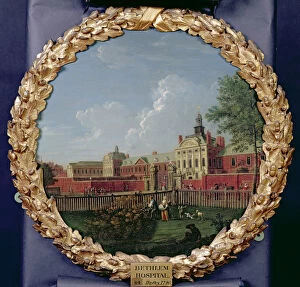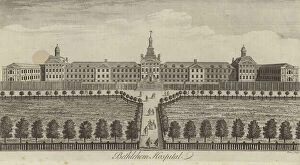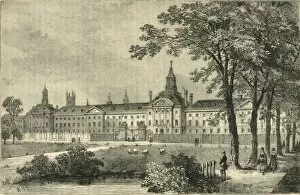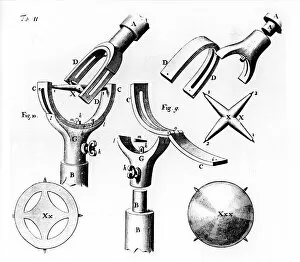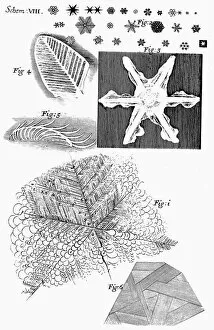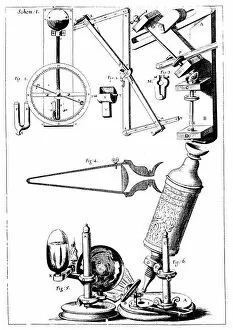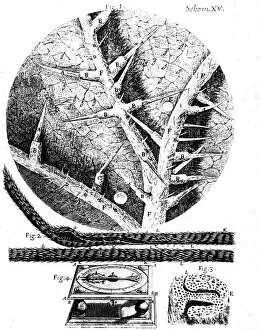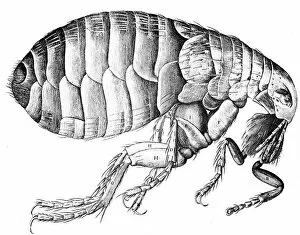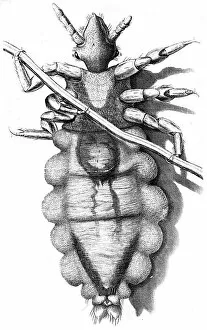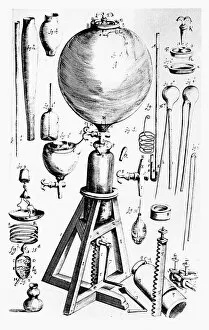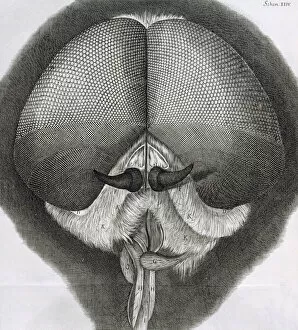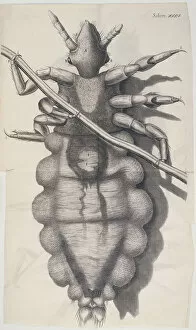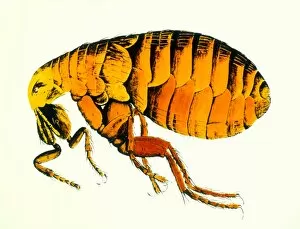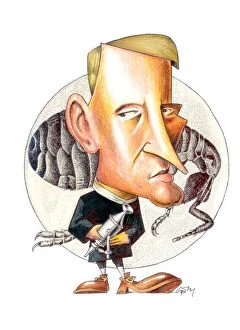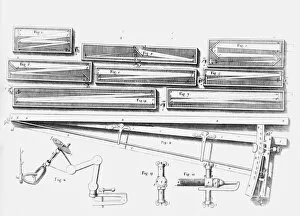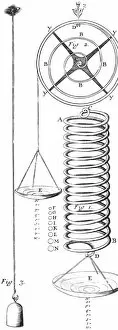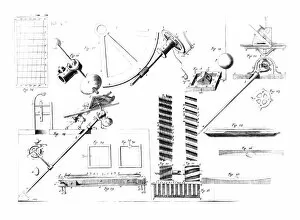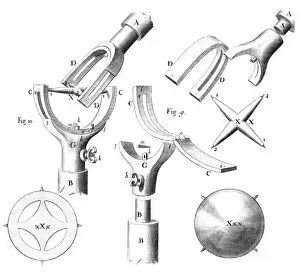Robert Hooke Collection
Robert Hooke, a brilliant scientist and polymath of the 17th century, left an indelible mark on various fields of study
For sale as Licensed Images
Choose your image, Select your licence and Download the media
Robert Hooke, a brilliant scientist and polymath of the 17th century, left an indelible mark on various fields of study. His contributions to science were as diverse as the subjects depicted in these captivating images. In his groundbreaking work "Micrographia, " Hooke's flea illustration revealed the intricate world hidden from our naked eyes. Through his microscope, he unraveled the mysteries of life at a microscopic level. Hooke's insatiable curiosity extended beyond biology. He played a pivotal role in rebuilding London after the devastating Great Fire, which is immortalized in The Monument to the Great Fire photograph. This iconic structure stands tall as a testament to both destruction and resilience. As curator of experiments at The Royal Observatory in Greenwich Park, Hooke made significant advancements in astronomy. The engraved image captures Flamsteed House where he conducted observations that expanded our understanding of celestial bodies. His intellectual pursuits also led him to Montagu House, where he delved into architectural design and penned intricate pen-and-ink drawings showcasing his visionary ideas for this grand residence. But it was through his invention - Robert Hooke's Microscope - that he truly revolutionized scientific exploration. This engraving depicts his remarkable instrument that allowed scientists to explore new frontiers and unlock countless discoveries. Beyond science, Hooke advocated for mental health reform by documenting Bethlem Hospital (also known as Bethlehem Hospital) through engravings and photographs. His efforts shed light on the need for compassionate care for those suffering from mental illness during a time when they were often marginalized or misunderstood. Hooke's influence extended even further with his involvement in shaping medical education at The College of Physicians in Warwick Lane. This institution became a hub for knowledge exchange among physicians who sought to improve healthcare practices and advance medical research. The images also capture glimpses into everyday life during Hooke's time: almshouses provided shelter for those less fortunate while Pitfield Street showcased vibrant street scenes in Shoreditch, London.

